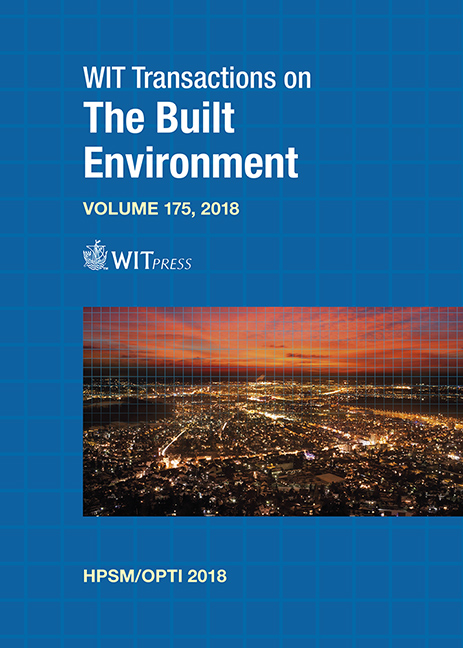TOWARDS OPTIMUM DESIGN FOR CRACK WIDTH LIMIT STATES: THE NEED FOR FURTHER DEVELOPMENTS
Price
Free (open access)
Transaction
Volume
175
Pages
10
Page Range
133 - 142
Published
2018
Size
267 kb
Paper DOI
10.2495/HPSM180141
Copyright
WIT Press
Author(s)
MIROSLAV SYKORA, MILAN HOLICKY, JANA MARKOVA
Abstract
Serviceability limit states including cracking are of increasing importance and often dominate the design of reinforced concrete structures. Furthermore, actual crack widths and their shape play an important role in the assessment of service life of existing reinforced concrete structures. Crack width is inherently a random variable of considerable scatter due to randomness of material properties, geometry of the structure, loading and model uncertainty in crack width estimates. The state-of-the-art concepts for serviceability verifications were recently presented in fib Model Code 2010 that is jointly with Eurocode EN 1992-1-1 considered as key background materials in this study. To assess the sufficiency of code requirements and design procedures, crack widths of water retaining structures are investigated in detail using probabilistic methods of structural reliability. The current codes seem to be well calibrated to reach a target reliability index of 1.5 in the serviceability limit states. The two variables dominating structural reliability are uncertainty in crack width model and concrete cover. Numerous topics need to be further investigated including revision of crack width limits, improvements of mechanical models, quantification of model uncertainty, methodology for load combinations, treatment of spatial variability for large structures, and optimisation of target reliabilities.
Keywords
cracking, design, Eurocode, model uncertainty, reinforced concrete, service life, serviceability, water retaining structure





